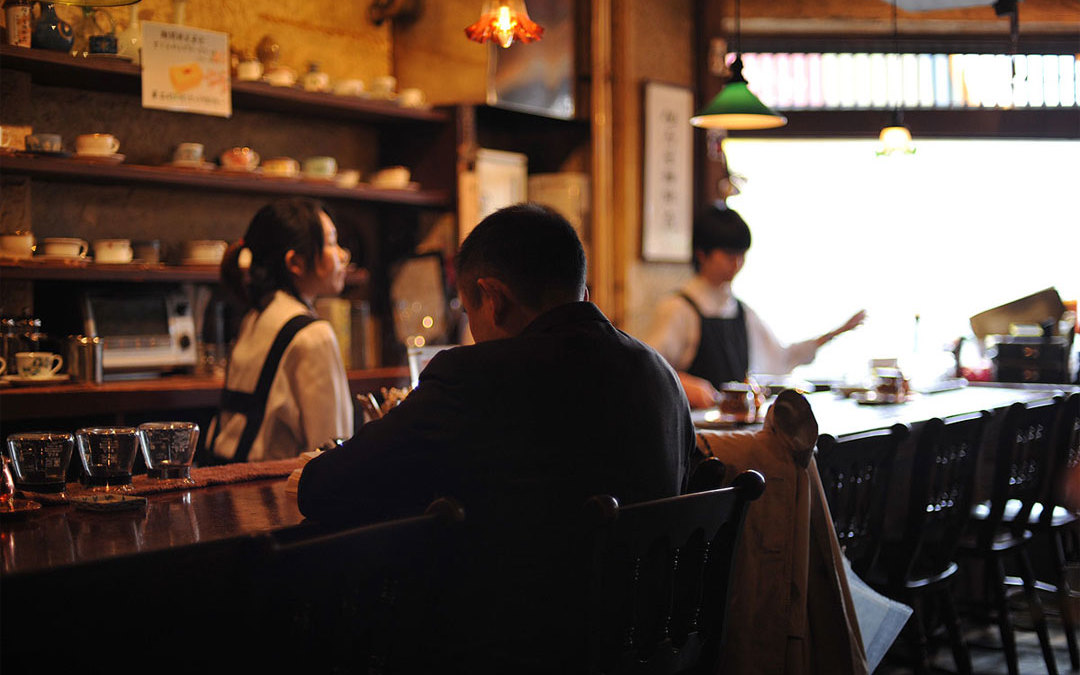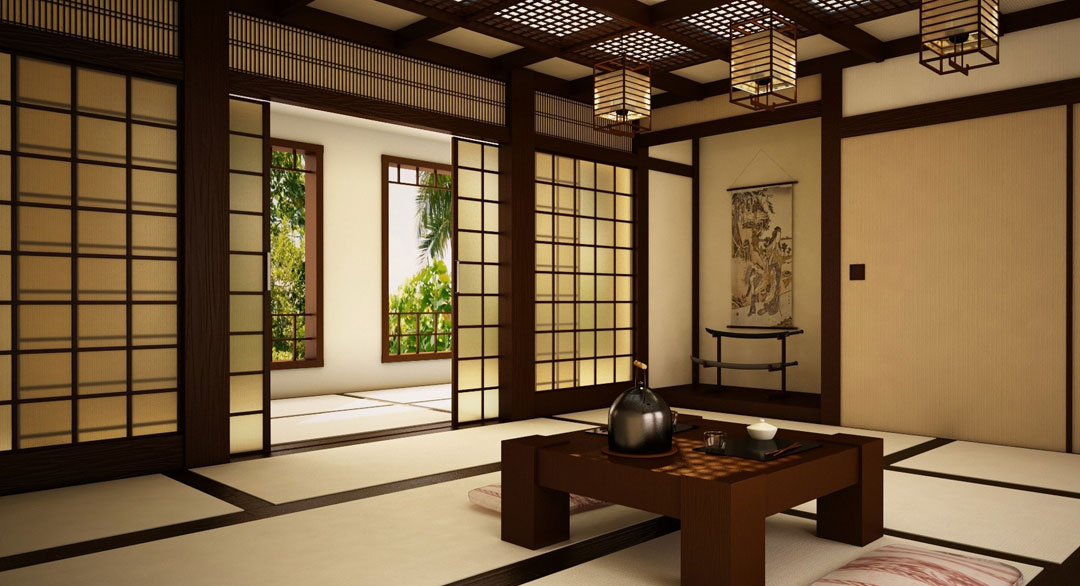With the many varied opinions of Starbucks, notwithstanding, it comes as no surprise to many that the worldwide coffee chain opened its first international location in the country of Japan. The vibrant Asian nation has long been a trendsetter in many ways, but the rise of coffee culture in Japan has been less of a steady climb and more of a circuitous detour.
As one strolls the frenetic streets of Tokyo and observes the Japanese people in action it would be hard to decipher the fact that coffee was not always the drink of choice. The neighborhood of Harajuku, long known for its domination of the style world and the epicenter of iconic Japanese fashion, throngs with people clutching the ubiquitous cup of coffee, one might think that the country’s coffee culture is the creation of the younger generations.
However, as it is in most of the world, the idea of a coffee culture in Japan hearkens back to generations past, and the story is one that touches upon the East meets West theme, with a hearty dose of tradition tossed in as well.
Coffee and Colonialism
Coffee reached Japan in the late 17th and early 18th centuries, which is about the same time that coffee was introduced by the Ottoman Empire to parts of Europe. However, the brew was mainly consumed by the members of the Dutch groups who lived near Nagasaki. While many Japanese enjoyed drinking coffee it was the tealeaf, as it had been for centuries, which was the drink and preferred by most of the population.
Despite what some might construe as resistance to coffee, Japan opened its first coffee shop in the late 1800’s, and was followed by many others over the next few years. However, the onset of World War II caused severe restrictions on the import of coffee into Japan, and what might have been a steadily rising coffee trend in Japan came a stall and Japan’s coffee culture could nearly ended during the 1940’s.
Although there was a significant lull in the import and sale of coffee in Japan during the recovery from the war, Japan saw an incredible economic boom in the 1970’s. The country and her people were not ready to give up on the intoxicating brew and Japan saw the opening of one of its first locally owned European cafe styled coffee shops, Doutor, in 1980 and Japan has never looked back.
Japan’s Coffee Evolution
Japan has long been a tea drinking society, and there is a significant portion of the country’s culture that is defined by tea and the ceremonies surrounding it. Some might think that coffee and tea would be at war within Japan’s society, with both vying for top position. However, the opposite is true. Due to Japan’s proclivity for the social aspects of consuming beverages, the drinking of coffee slipped seamlessly into the local culture and lived harmoniously alongside the consumption of tea.
Japan has also eschewed the idea that its coffee culture is a symbol of Western influence, and has instead made their coffee culture distinctly Japanese. With kitschy factors such as fashion designed to be worn while consuming coffee, Japan has created their own brand of coffee culture and the rest of the world is taking notice. In fact, Japanese coffee shops have opened in some regions of the United States and are profiting on their style of hand poured siphon coffee.
The Japanese also have a distinct interest in experiencing unique aspects of the world and coffee is no exception. Boutique coffee brands like Finca Deborah’s Panama Geisha are making positive impacts in the country and while the Japanese people consume an average of just 3.3 kg of coffee per capita, the quality of the coffee that they consume far outweighs the quantity.
At Finca Deborah, we are thrilled to be part of Japan’s growing love for Geisha coffee. We are excited to see our brand attain more recognition and are confident in Japan’s trend towards higher quality Geisha Coffee. This is one of the reasons we were pleased to announce the launch of the Japanese translation of our website. We hope it lends itself to a more transparent, open relationship with our importers and Geisha enthusiasts.



Recent Comments